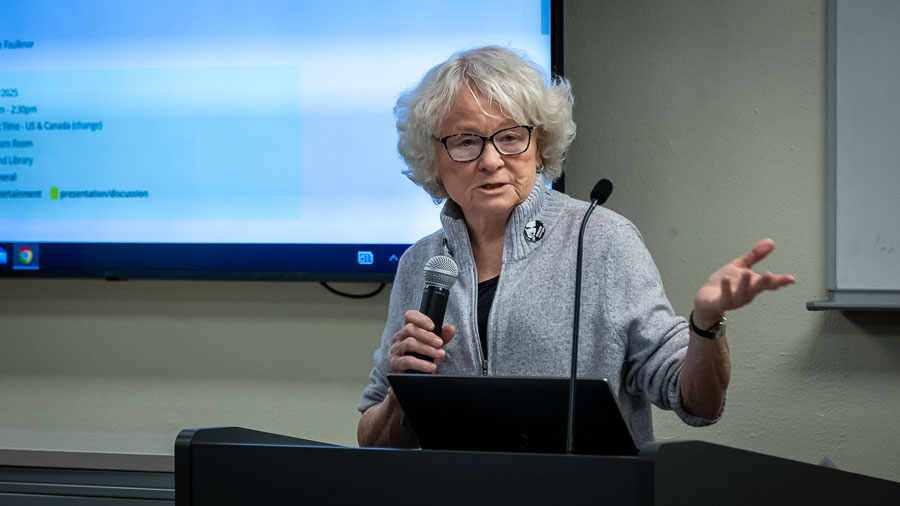GUEST COLUMN: Our historic Rogue climate and wildfires
Published 5:45 am Wednesday, September 20, 2023

- Guest Column logo
In a recent Our View, we see a discussion of a climate study that adds fuel to an existing fire. It’s always important in such discussions to consider the evidence and the science.
Rogue Valley and West Coast residents are familiar with the rainfall pattern: Every summer our grass turns brown and dries out. Then come the winter rains, and everything revives to a gorgeous green. This pattern has existed here for millennia. Once summer arrives, we can count on dry days and nights producing semi-drought conditions almost annually, conditions that only break when winter rains return.
For folks moving here from other parts of the country, where rainfall is scattered through more of the year rather than being concentrated in winter, this rainfall pattern and its consequences are unusual and striking.
The pattern we experience is relatively unusual across the globe, occurring in just five other regions — western South Africa, parts of Australia, western South America and the Mediterranean, from which this climate gets its name. The general trend is exactly what we experience: Limited summer and early fall rains lead to soil and vegetation drying out with soil and vegetation moisture not recovering until winter arrives.
It is hardly surprising that this pattern, repeated year in and year out, leads to the increased risk of wildfire during late summer. In fact, in these climates, elevated fire risk is inevitable in late summer and fall. One result of the repetition of this pattern over eons of time is that the vegetation experiences fire frequently and becomes adapted to repeated fires.
Ultimately these plant communities become dependent on fire for their continued health because, in the absence of fire, they are invaded by species that cannot tolerate repeated fires.
Thus, the first problem we have in this region is that fire is both inevitable and necessary to maintain the health of our forests. The second problem is that global warming is causing summers to become even drier. The third problem is that, quite reasonably, our dislike for fire is that we have developed efficient programs for suppressing and extinguishing them.
This then has allowed fire-intolerant species to invade our forests, thus increasing the density of vegetation. The increasingly dense vegetation dries out annually, and fires — once ignited — can spread rapidly.
In summary, the high fire risk we experience is a combination of the natural climatic pattern of wet winters and dry summers exacerbated by global warming and climate change making our forests drier each summer and more likely to burn. Meanwhile, increasing vegetation density induced by fire suppression enhances the fuel load and the fire risk.
Evaluation of both the short term (100-year) and long term (3,000-year) history of the relationship between climate and fire suggests that climate is an excellent predictor of forest area burned. Indeed, the current warming places us in a fire deficit, meaning that given the current climate, frighteningly, we’d expect an even greater area to be burning than actually is.
Although some proponents of action to address the increasing fire risk argue for more timber harvest, neither reduction of logging nor northern spotted owl protection efforts are the management practices that have increased fire risk. Indeed, evidence suggests that by generating slash piles and promoting dense plantations, logging actually can increase fire risk.










